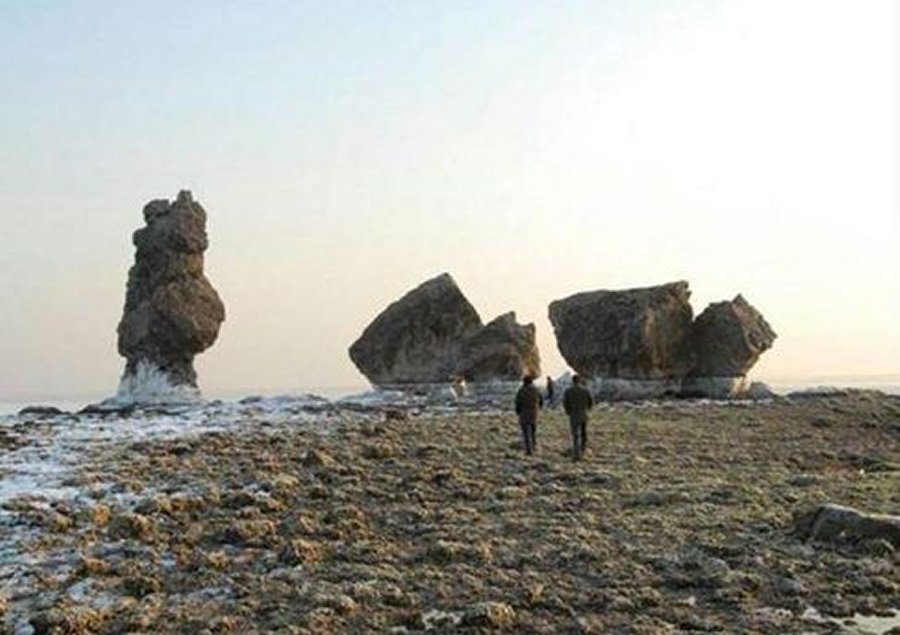Submerged Qin Dynasty ‘Seaside Palace’ Of China’s First Emperor – Found
AncientPages.com - Archaeologists believe they may have found a submerged seaside palace built more than 2,200 years ago by China’s first emperor, Ying Zheng, mainland media reports.
The building, thought to date back to the Qin dynasty (221-207BC), was discovered under the sea off the coast of Suizhong county, in Liaoning province, researchers from Liaoning and Beijing told the Liaoshen Evening News.
The largest discovery was a 60-metre wide square, formed of large stones, which could be the foundations of a large platform for religious sacrifices or other important activities, the archaeologists said.
They also found the remains of a stone road running through the palace.
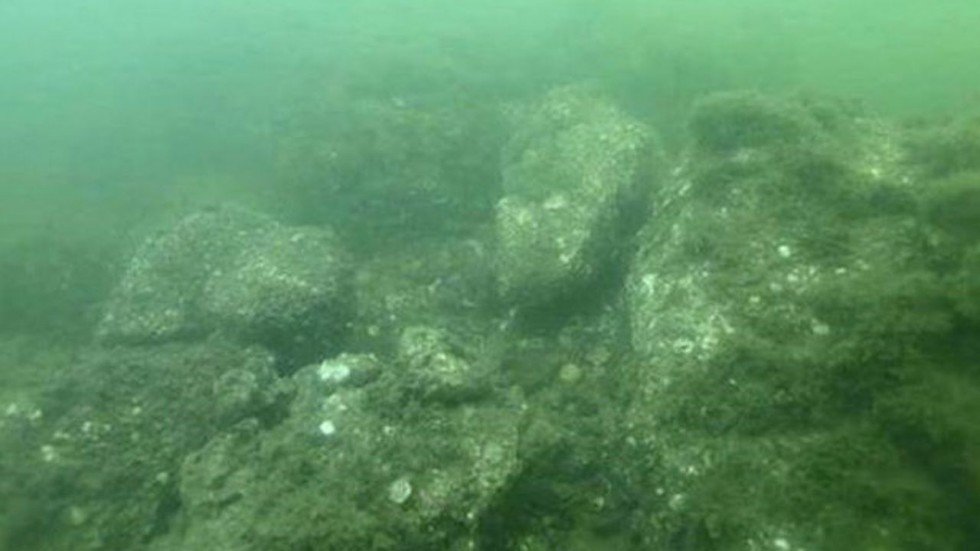
Most of the remains of the Qin dynasty palace lie submerged off the coast of China’s Liaoning province. Photo: Liaoshen Evening News
Local fishermen said they had previously found ancient coins and ceramics on the seabed, while some of the stone walls were clearly visible at low tide.
Ying Zheng, also known as Qin Shihuang, was China’s first ruler, who united the nation by conquering all of the warring states in 221BC.
He is said to have visited the East China Sea coast three times before his death in 210BC in his futile quest for immortality.
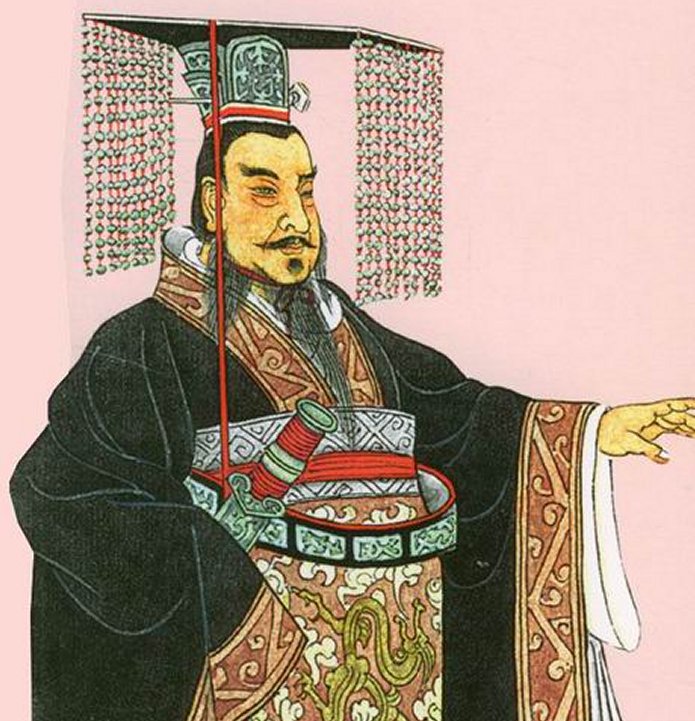
Emperor Qin Shi Huang (259 BC – 210 BC) fascinates people when they talk about the Great Wall and the Terracotta Warriors and Horses – his two greatest achievements to China. As the first emperor of China, he indeed has a profound influence on Chinese history and culture. Credits: I-China.
Emperor Qin Shi Huang (259 BC - 210 BC) fascinates people when they talk about the Great Wall and the Terracotta Warriors and Horses - his two greatest achievements to China. As the first emperor of China, he indeed has a profound influence on Chinese history and culture.
When Ying Zheng unified China, he considered his achievement surpassing the legendary "San Huang (three emperors)" and "Wu Di (five sovereigns)".
He created a new title for himself: "Huangdi" together with "Shi (means the first)", hence get the name "Qin Shi Huang" or "Qin Shi Huangdi", which means he was the first emperor of China. He hoped his descendants would follow in his steps to rule China for eternity.
AncientPages.com
source: South China Morning Post
More From Ancient Pages
-
 100,000-Year-Old Case Of Deafness Discovered In Fossilized Skull Of Hunter-Gatherer
Archaeology | Jul 21, 2022
100,000-Year-Old Case Of Deafness Discovered In Fossilized Skull Of Hunter-Gatherer
Archaeology | Jul 21, 2022 -
 Ancient DNA Reveals African And Asian Ancestry Of Medieval Swahili People
Archaeology | Mar 30, 2023
Ancient DNA Reveals African And Asian Ancestry Of Medieval Swahili People
Archaeology | Mar 30, 2023 -
 400-Year-Old Documents Reveal Japanese Opium Was Produced For Medical Purposes
Archaeology | Apr 5, 2018
400-Year-Old Documents Reveal Japanese Opium Was Produced For Medical Purposes
Archaeology | Apr 5, 2018 -
 Mayan Elites Lived In Pre-Hispanic Teotihuacán – New Evidence
Archaeology | Sep 27, 2018
Mayan Elites Lived In Pre-Hispanic Teotihuacán – New Evidence
Archaeology | Sep 27, 2018 -
 Mysterious Fossilized Antarctic Forest May Offer Evidence Of The Great Flood – But Some Facts Speak Against This Theory
Archaeology | Dec 27, 2017
Mysterious Fossilized Antarctic Forest May Offer Evidence Of The Great Flood – But Some Facts Speak Against This Theory
Archaeology | Dec 27, 2017 -
 Jack The Ripper Letter Mystery Solved By Forensic Linguist
Archaeology | Feb 1, 2018
Jack The Ripper Letter Mystery Solved By Forensic Linguist
Archaeology | Feb 1, 2018 -
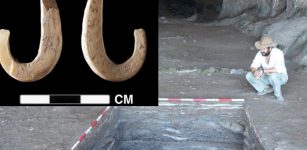 Late Pleistocene Human Colonization – What Makes Our Species Unique Compared To Other Hominins?
Archaeology | Apr 29, 2020
Late Pleistocene Human Colonization – What Makes Our Species Unique Compared To Other Hominins?
Archaeology | Apr 29, 2020 -
 Excavation Of A Mysterious 5,000-Year-Old Tomb Linked To King Arthur Has Started
Archaeology | Jul 5, 2022
Excavation Of A Mysterious 5,000-Year-Old Tomb Linked To King Arthur Has Started
Archaeology | Jul 5, 2022 -
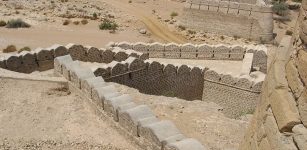 Great Wall Of Gorgan: One Of The World’s Most Sophisticated Frontier Walls Ever Built Is Now Examined
Archaeology | Dec 26, 2017
Great Wall Of Gorgan: One Of The World’s Most Sophisticated Frontier Walls Ever Built Is Now Examined
Archaeology | Dec 26, 2017 -
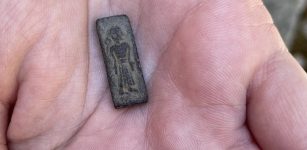 Rare And Tiny Ancient Stamps Found In Falster May Show The Way To An Unknown King’s Home
Archaeology | Jul 26, 2023
Rare And Tiny Ancient Stamps Found In Falster May Show The Way To An Unknown King’s Home
Archaeology | Jul 26, 2023 -
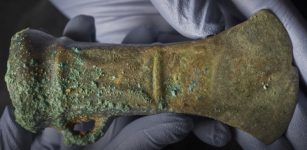 Mysterious Havering Hoard – Largest Ever Bronze Age Hoard Discovered In London
Archaeology | Oct 21, 2019
Mysterious Havering Hoard – Largest Ever Bronze Age Hoard Discovered In London
Archaeology | Oct 21, 2019 -
 Unlocking The Secrets Of Lost Prehistoric Land Hidden Beneath The Sea
News | Sep 8, 2015
Unlocking The Secrets Of Lost Prehistoric Land Hidden Beneath The Sea
News | Sep 8, 2015 -
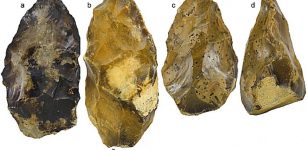 Northern France Was Already Inhabited More Than 650,000 Years Ago
Archaeology | Sep 18, 2019
Northern France Was Already Inhabited More Than 650,000 Years Ago
Archaeology | Sep 18, 2019 -
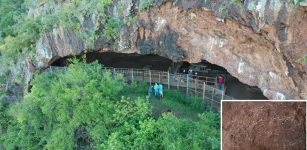 200,000-Year-Old Grass Bed Discovered In South Africa’s Border Cave
Archaeology | Aug 14, 2020
200,000-Year-Old Grass Bed Discovered In South Africa’s Border Cave
Archaeology | Aug 14, 2020 -
 3,000-Year-Old African Musical Instrument Can Help Modern Medicine
Archaeology | Sep 19, 2018
3,000-Year-Old African Musical Instrument Can Help Modern Medicine
Archaeology | Sep 19, 2018 -
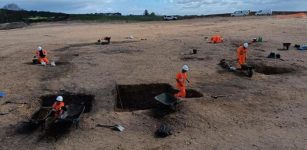 Why Was The Iron Age Village Near Elgin In Scotland Suddenly Abandoned And Burned Down?
Archaeology | Jul 29, 2022
Why Was The Iron Age Village Near Elgin In Scotland Suddenly Abandoned And Burned Down?
Archaeology | Jul 29, 2022 -
 Fossils In The ‘Cradle Of Humankind’ May Be More Than A Million Years Older Than Previously Thought
Archaeology | Jun 28, 2022
Fossils In The ‘Cradle Of Humankind’ May Be More Than A Million Years Older Than Previously Thought
Archaeology | Jun 28, 2022 -
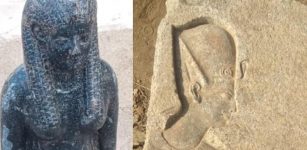 Artifacts Unearthed In Mit-Rahina, South Of Giza, Egypt
Archaeology | Jul 29, 2020
Artifacts Unearthed In Mit-Rahina, South Of Giza, Egypt
Archaeology | Jul 29, 2020 -
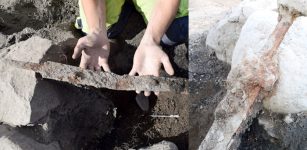 Unexpected Discovery Of Two Viking Swords In Upright Position In Sweden
Archaeology | Oct 27, 2022
Unexpected Discovery Of Two Viking Swords In Upright Position In Sweden
Archaeology | Oct 27, 2022 -
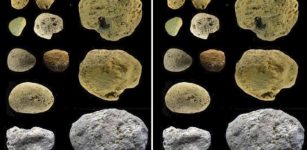 Resourceful Neanderthals Could Dive 13ft If Necessary To Collect Shells
Archaeology | Jan 16, 2020
Resourceful Neanderthals Could Dive 13ft If Necessary To Collect Shells
Archaeology | Jan 16, 2020

